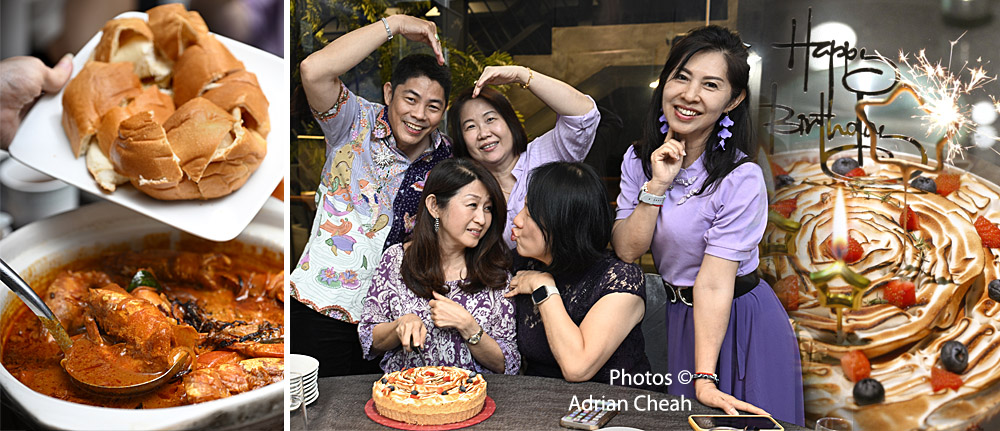Lunch at Sago, Penang Marriott Hotel

I have always believed that a restaurant should be judged not by its chandeliers, linen or logo, but by the soul of its food and the heart of its people. Penang is a place where great food is found at street corners, not necessarily behind glass doors and marble floors.
Continue Reading
Pritchard’s of Penang: Enterprise, Secession, and Murder
By Marcus Langdon, with photographs from the Robert Hussey Collection
Cover design and book layout by Adrian Cheah

Designing Pritchard’s of Penang
This year, I had the privilege of designing and laying out an extraordinary book, "Pritchard’s of Penang: Enterprise, Secession, and Murder". It will be launched at the George Town Literary Festival (GTLF). Scheduled for 28 November 2025, from 11:30 a.m. to 12:15 p.m., this long-awaited title by historian Marcus Langdon brings to life a fascinating chapter of Penang’s past.
Continue Reading
Tow Boo Kong Temple – an epic edifice where gods descend on Earth

This is the most famous place of worship in Raja Uda, and indeed in the whole of Seberang Perai. The intricately designed Tow Boo Kong Temple sited on the northern end of Jalan Raja Uda was built in honour of the Nine Emperor Gods.
Originally set up as just an attap-shed shrine in the early 1970s, the temple was rebuilt to its current scale and grandeur in 2000. The majestic archway was completed in 2009.
Continue Reading
Lifting hope in Penang at Wat Buppharam Buddhist Temple

Wat Buppharam may not appear on every traveller’s must-see list in Penang, but those who step into its tranquil embrace are often rewarded with sacred and unexpected discoveries. Can a silent statue whisper the truth of your wishes? Within its shrine hall rests a humble, one-foot-tall figure known as the “Lifting Buddha”, a sacred icon believed to be able to reveal just that!
Continue Reading
The murtabak – a hearty meal all by itself

Hameediyah Restaurant in Campbell Street serves good murtabak. Established in 1907, this is one of the oldest Indian Muslim restaurants in Penang.
Continue Reading
A luxurious 6-course treat for Mum at Maple Palace Restaurant

Mum turned 89 this year and I was only too glad that I was able to celebrate her birthday at Maple Palace Restaurant with a scrumptious top-notch feast. Although owner Loy Tan was overseas when I contacted him, he was obliging enough to curate a luxurious 6-course menu for Mum. The individual serving of each course was beautifully presented, making it a delightful visual feast to whet the appetite.
Continue Reading



















